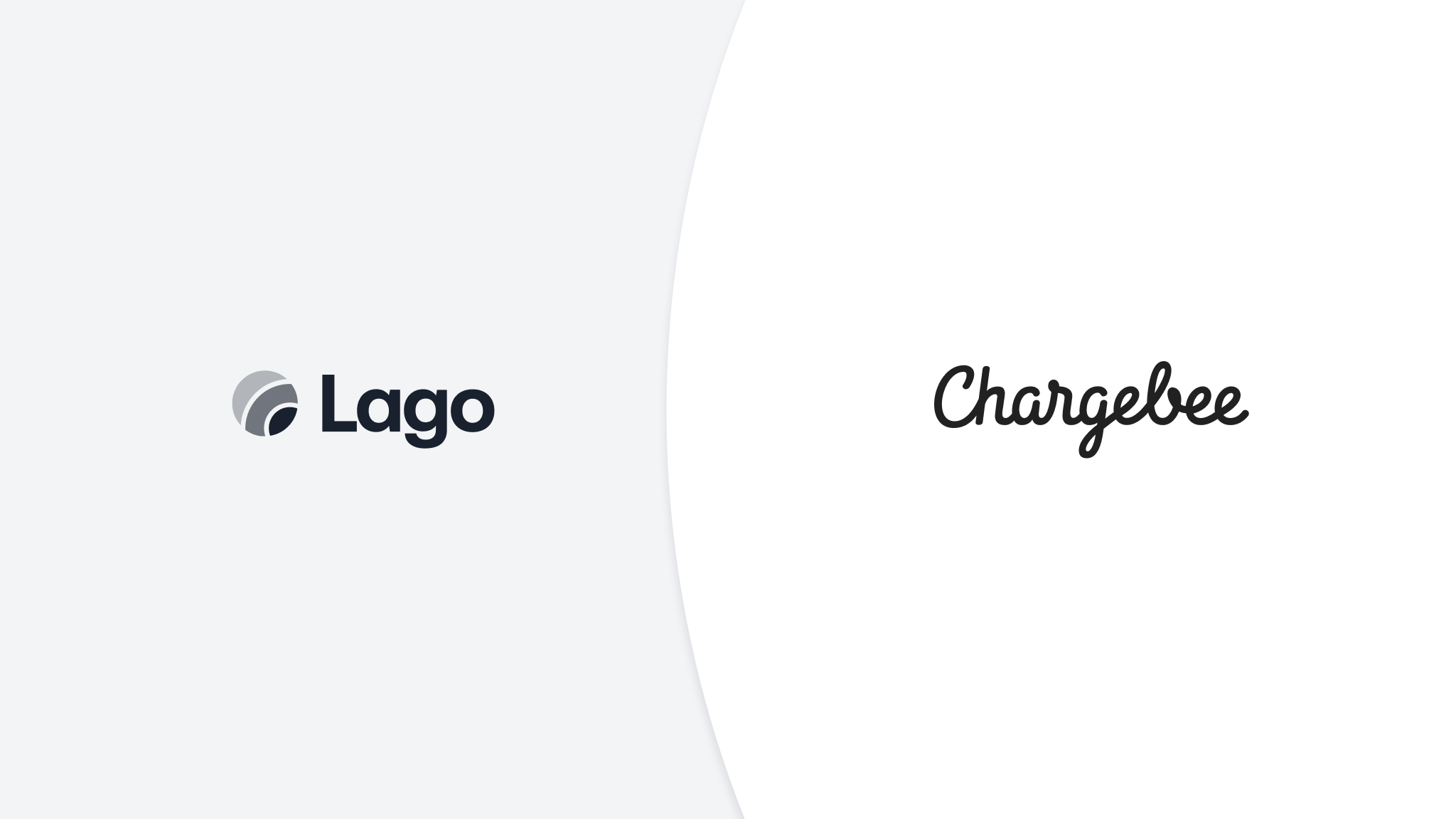Lago vs Chargebee

Chargebee defines itself as a "subscription billing and revenue management platform", which offers several products.
Lago is an open-source alternative to Stripe Billing, focused on usage-based pricing. We'll compare both products here.
Let’s take a look at each category.
Pricing
Lago is open-source and free, and we’re not fans of the ‘rent-seeker’ pricing approach.
Chargebee’s pricing is not fully public, but it includes: one-time implementation costs, a subscription fee and a cut on your transaction volume (companies we interviewed said it ranked between 1-2% of the transaction volume).
Focus
Lago is focusing all its energy on billing. We aim at integrating well with adjacent tooling (payments, ERP etc.), but we strongly believe that billing deserves a standalone focus.
Chargebee is primarily a subscription management platform, which offers several tools to handle recurring payments. In addition to this, it also includes a large catalog of integrations.
Purchasing process
Lago is self-serve. Your billing can be in production in a few hours over a week-end.
Chargebee requires you to go through a sales process, a quote, and a negotiation, that can last 1-3 months.
Compatibility
Lago and Chargebee can be used with the most popular payment platforms.
Vendor lock-in
There is no ‘vendor lock-in’ with Lago.
Chargebee usually requires a 1-year commitment, and a one-off implementation fee of dozens of thousands of euros/dollars.
Customization
Chargebee has been built with ‘subscription-based’ pricing in mind, making it less flexible for ‘consumption-based’ pricing or hybrid pricing (the mix between subscription and consumption pricing).
Lago has been built with an event-based architecture, to be as flexible as possible. You can also fork our code and use it to build your very own system.
API
Lago has an API-first approach, to provide maximum flexibility to engineers, and also offers a user interface for simpler tasks.
Chargebee started as a 'front-end' product, and then later released a public API.



